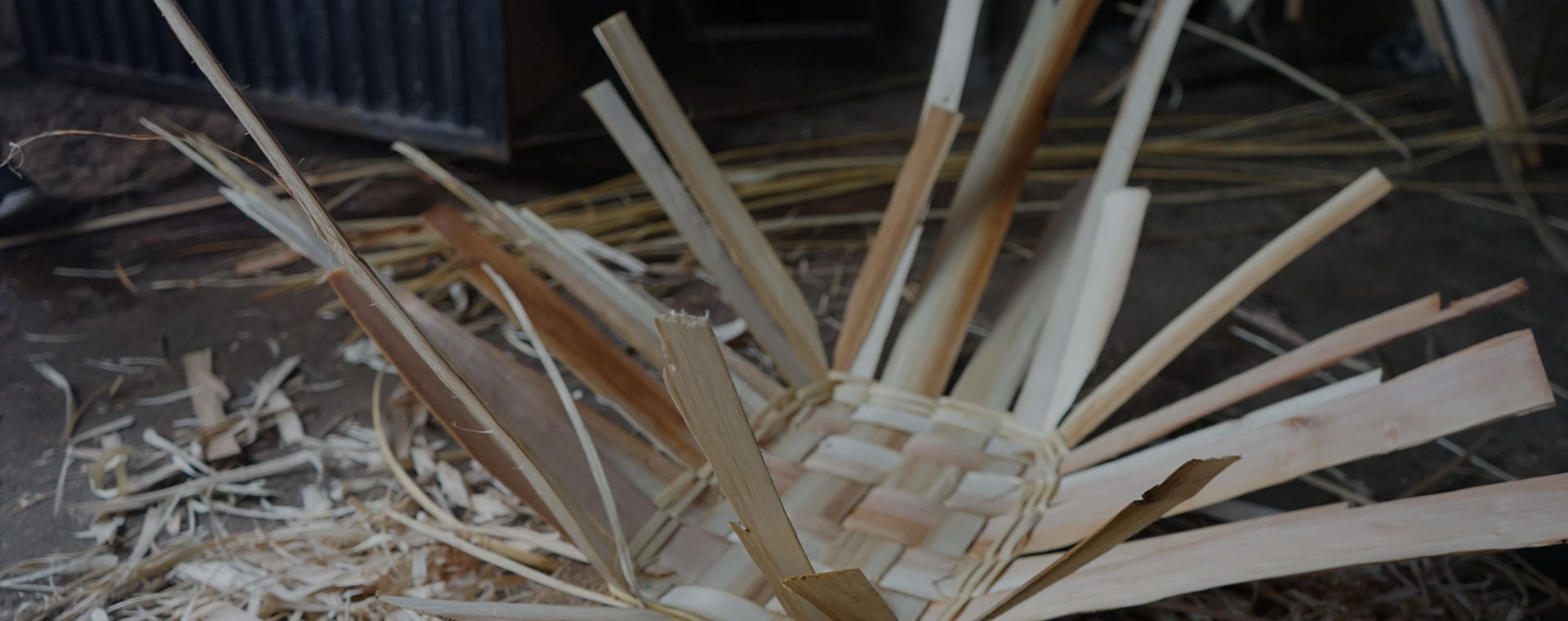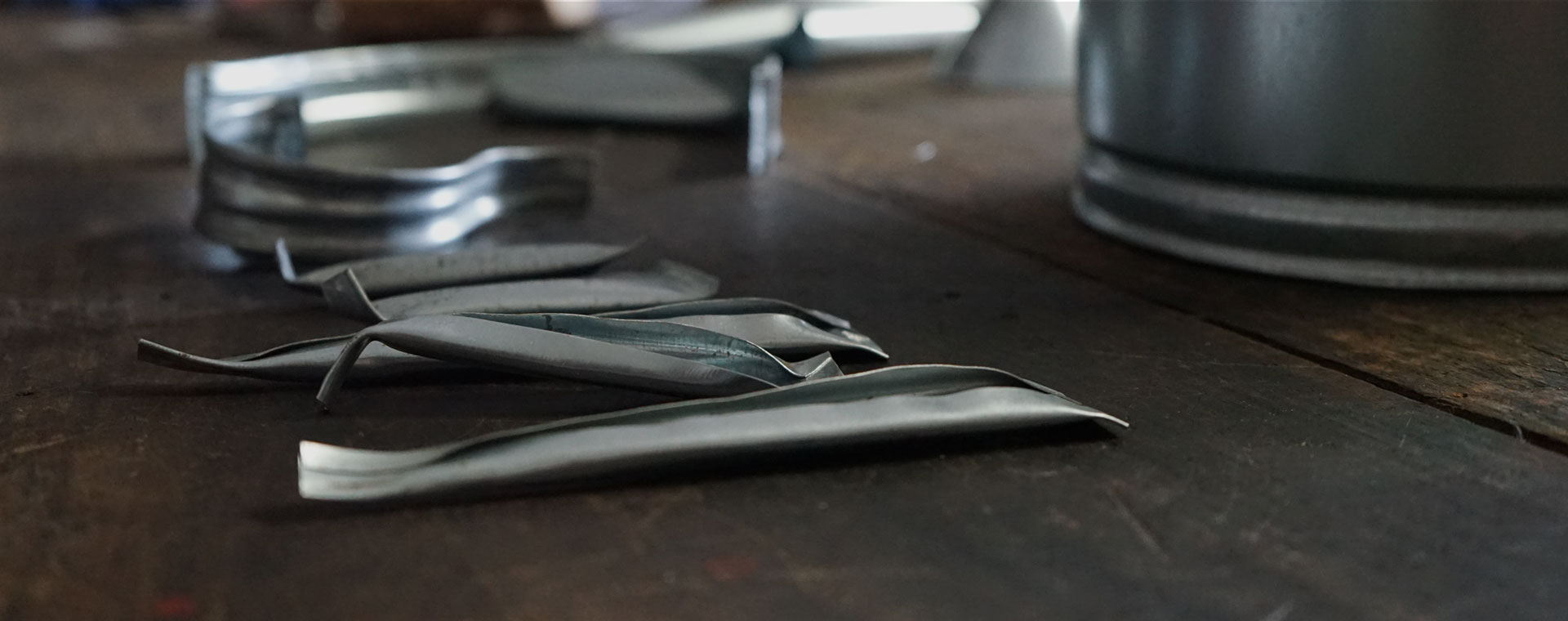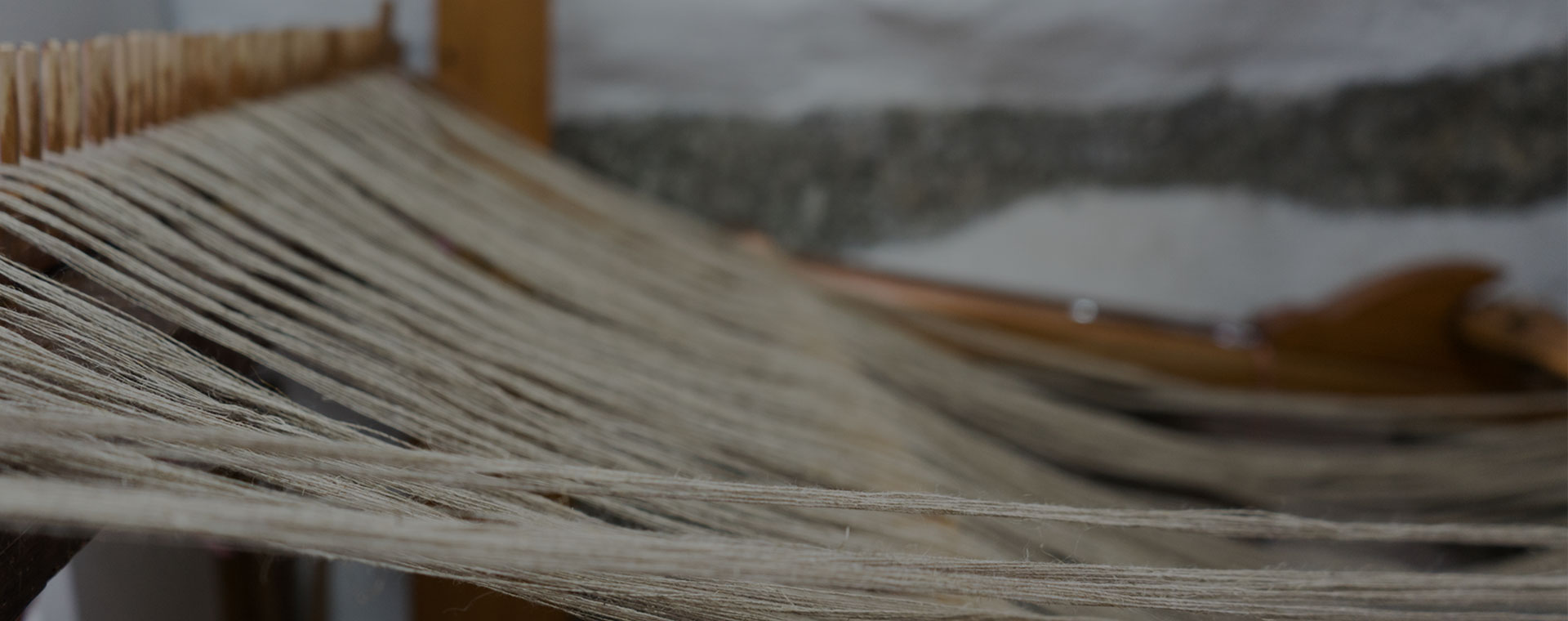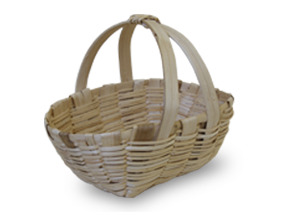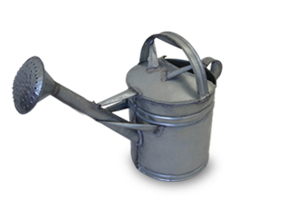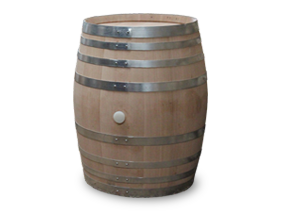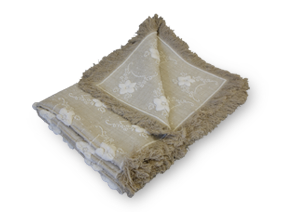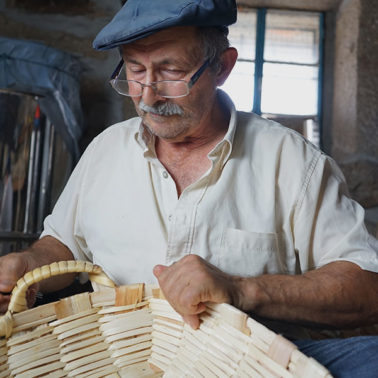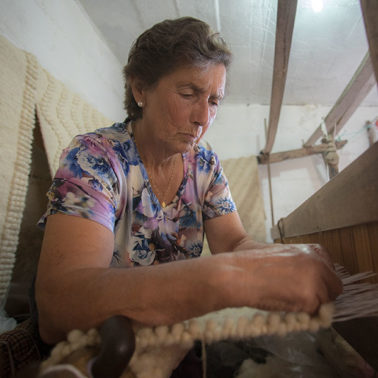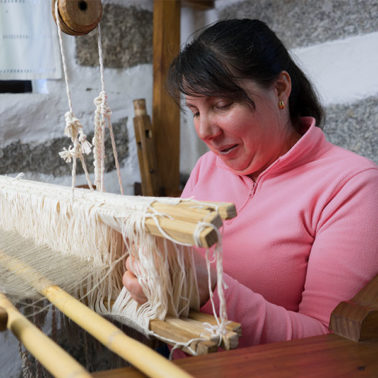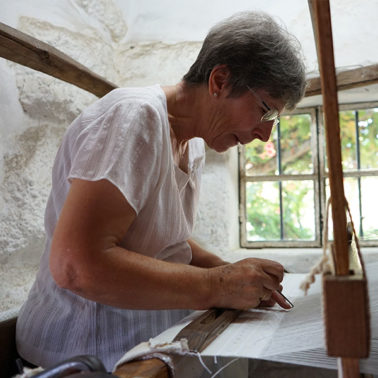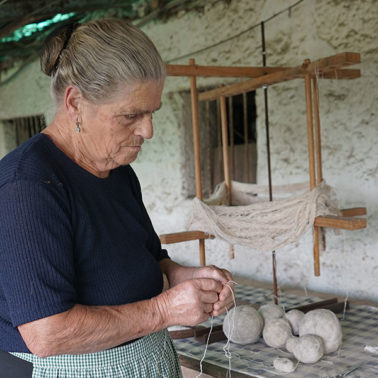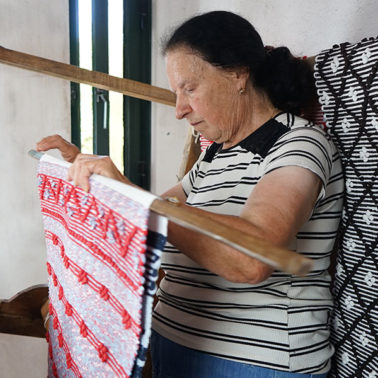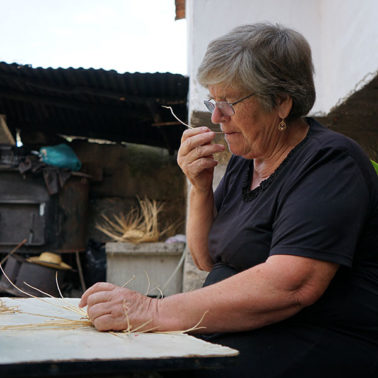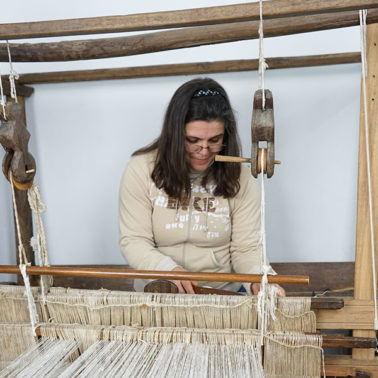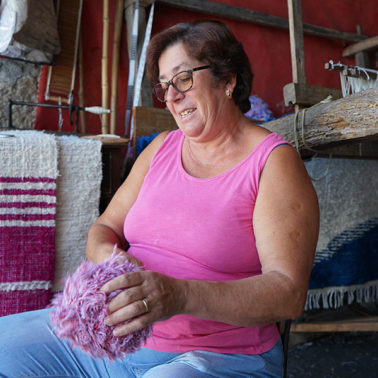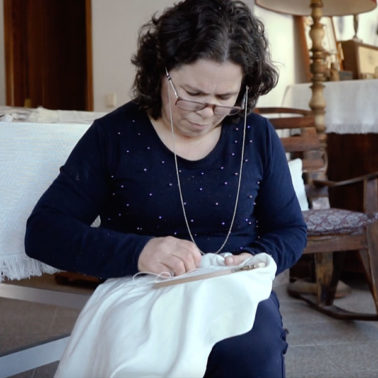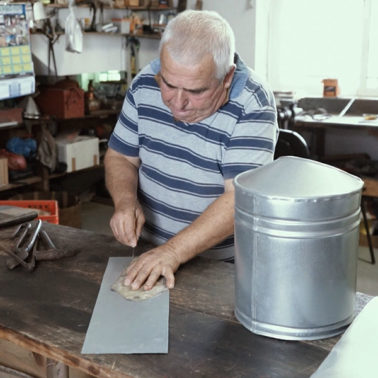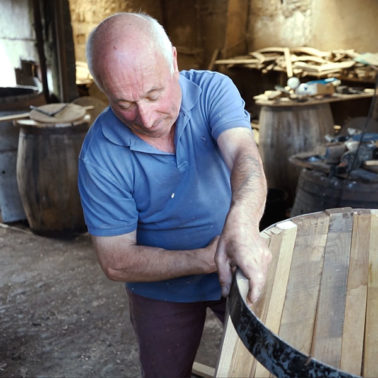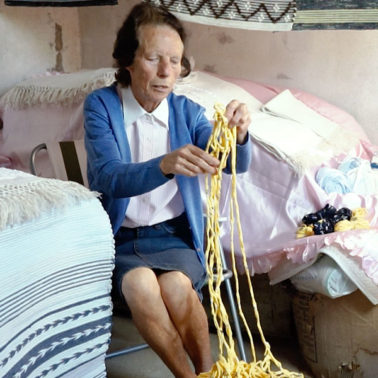
The Municipality of Penafiel was one of the nine selected, from sixty-seven candidates, for the 3rd edition of the EDP’s Traditions Program, with the project “Traditional Arts and Crafts of Penafiel”, developed and coordinated by the Municipal Museum.
The Traditions Program is an initiative to finance projects that aim to value local cultures and traditions, encouraging the self-esteem of communities, ensuring the appreciation of the arts and the popular knowledge by the new generations, more specifically in the municipalities that correspond to the areas in which the six EDP Production centers operate.
KNOW MORE
KNOW THEIR STORIES
Traditional Arts and Crafts
The traditional arts and crafts of any territory have specific characteristics that define them, using different techniques and products, and materializing knowledge, identities, experiences and memories that tradition perpetuates, with greater or lesser success in the direct proportion of the continued use of these products. Therefore, the introduction of new industrial products and raw materials in our daily lives, especially since the mid-20th century, led to the disappearance of some of the traditional arts and crafts in Penafiel, as in the traditional manufacture of wooden shoes or iron lamps.



